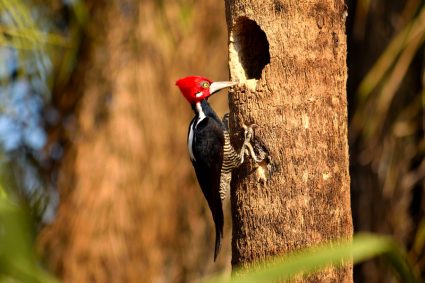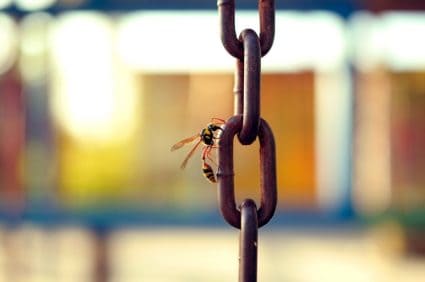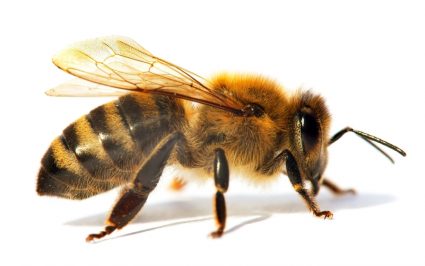
Snapping turtles, known for their powerful jaws and sometimes irritable temperaments, have one of the most potent bites in the animal kingdom. But what does a snapping turtle bite look like? How severe can it be, and what immediate and long-term effects can it have on the victim?
A snapping turtle bite is characterized by a powerful force and a sharp, beak-like jaw that can cause a painful wound. The immediate effects can include severe pain, excessive bleeding, and potential vascular and neural damage. Long-term effects can include wound infection, and in extreme cases, amputation of a finger. Snapping turtles are not typically dangerous to humans unless they feel threatened, especially on land. If bitten, seek immediate medical attention to minimize the risk of infection and other complications.
Understanding the Snapping Turtle’s Bite
Snapping turtles have unique characteristics when it comes to their bite. They are known for their powerful jaws and sometimes irritable temperaments. The average common snapping turtle can bite with a force of about 210 Newtons, while alligator snapping turtles have slightly less powerful bites. Both species have relatively large heads, which helps generate more force due to the higher muscle mass in the head compared to similarly sized turtles.
Snapping turtles are not typically aggressive in the water and are usually calm and docile. They are not considered a danger to swimmers. However, they can be more aggressive on land and will snap if provoked. Their necks are very flexible, allowing them to bite even if picked up by the sides of their shells.
Identifying a Snapping Turtle’s Bite
To identify a snapping turtle’s bite from those of other turtles, you should consider the following characteristics of a snapping turtle’s bite:
- Powerful bite force: Common snapping turtles have an average bite force of about 209 Newtons, while alligator snapping turtles have a slightly less forceful bite. However, it is important to note that human bite force is higher than that of snapping turtles.
- Beak-like jaws: Snapping turtles have strong, bony beak-like jaws with no teeth. Their jaws are designed to cut rather than crush, which can result in a painful wound even from a small snapping turtle.
- Aggressive behavior when threatened: Snapping turtles are known for their aggressive behavior when they feel threatened, especially on land. They can shoot their head forward with incredible speed and snap their jaws closed with a loud crunch.
- Inability to retract limbs and head: Unlike other turtles, snapping turtles have a small plastron (bottom shell) that leaves much of their body exposed, meaning they cannot retract their head and limbs into their shell for protection. This may make them more likely to bite when they feel threatened.
The Immediate Effects of a Snapping Turtle Bite
A snapping turtle’s bite can have immediate effects on the victim, including severe pain, excessive bleeding, and potential vascular and neural damage. If the bite breaks the skin, it can cause profuse bleeding, especially if it penetrates a blood vessel. In some cases, snapping turtles can deliver bites powerful enough to amputate fingers. It is important to treat the bite properly, as turtles carry salmonella, and any bite that breaks the skin needs to be treated with antibiotics. In severe cases, immediate professional medical attention may be required.
The Long-Term Effects of a Snapping Turtle Bite
A snapping turtle bite can potentially have long-term effects, depending on the severity of the bite and how it is treated. Some possible consequences of a snapping turtle bite include excessive bleeding, wound infection, and in extreme cases, amputation of a finger. Snapping turtles have powerful jaws, and their bites can cause serious vascular and neural damage. Infections are a significant concern after a snapping turtle bite, as turtles are known to carry salmonella. Proper treatment of the wound, including cleaning with warm water and soap, and seeking medical attention if the skin is broken, is crucial to minimize the risk of long-term effects.
Misconceptions About Snapping Turtle Bites
There are several common misconceptions about snapping turtle bites. One is that snapping turtles are aggressive and dangerous to swimmers. In reality, snapping turtles are quite docile underwater and will avoid humans. Another misconception is that snapping turtles will bite off fingers and toes. While they have a strong bite, they are not typically considered dangerous to humans and are not known for biting off fingers or toes.
In summary, a snapping turtle bite is characterized by its intense force, sharp beak, and potential to cause significant damage and pain. However, they are not as dangerous as they are often perceived to be, and with proper precautions, bites can be avoided. If you are bitten, seek immediate medical attention to minimize the risk of infection and other long-term effects.
Frequently Asked Questions
What should I do if I encounter a snapping turtle in the wild?
If you encounter a snapping turtle in the wild, it’s best to leave it alone. These creatures are generally not aggressive unless they feel threatened. If you must move it, use a long stick or tool to gently guide it, but avoid picking it up as this could provoke a bite.
Can a snapping turtle bite through a shoe or boot?
While a snapping turtle’s bite is powerful, it’s unlikely that it could bite through a sturdy shoe or boot. However, it’s always best to avoid provoking a snapping turtle and keep a safe distance.
Are all snapping turtles carriers of salmonella?
While not all snapping turtles carry salmonella, they are known to be potential carriers of the bacteria, which can be transmitted to humans through a bite or handling the turtle. Always wash your hands thoroughly after any interaction with turtles.
Are there any specific first aid measures I should take if bitten by a snapping turtle?
If bitten by a snapping turtle, wash the wound thoroughly with warm water and soap as soon as possible. Apply an antibiotic ointment and cover the wound with a clean bandage. If the wound is deep, doesn’t stop bleeding, or signs of infection appear, seek medical attention immediately.
Are snapping turtles protected by law?
The legal protection of snapping turtles varies by location. In some places, they are considered a species of special concern and are protected. Always check local wildlife regulations before interacting with any wildlife.











